10 Magazines
By Dave Bostwick
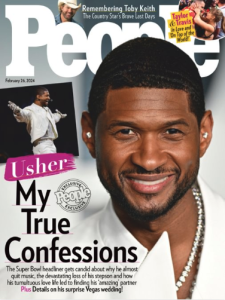
If you visit the magazine area of a bookstore or grocery store today, you’ll probably find a variety of magazines that do NOT interest you. However, you may see at least one or two magazine titles that grab your attention because they focus on jobs, hobbies, celebrities or current events that you are passionate about.
Here are a few examples of current magazines that target narrow interests and audiences.
- Southern Living
- Golf Digest
- Better Homes and Gardens
- Family Handyman
- Taste of Home (recipes)
- The American Legion Magazine (for veterans)
- AARP the Magazine (American Association of Retired Persons)
- Costco Connection (for Costco members)
- Fender Bender (for workers in the field of auto body repair)
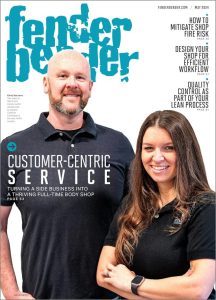
Although specialized magazines are common today, American magazines haven’t always been so narrowly focused. Before Americans fell in love with television and the internet, general-interest magazines were an effective way for advertisers to reach a broad national audience. Popular national magazines often focused on current events and featured many of the best writers of their time.
When I was in high school, for example, a highlight of each week came when Time magazine arrived in our family’s mailbox. It was an easy and entertaining way to keep up with current events. Today, however, not many Americans check their mailboxes each day to see if their favorite national news magazine has arrived.
This chapter looks at the evolution of U.S. magazines and explains why magazines have become more specialized. You’ll also consider how online-only publications are changing the concept of a magazine.
YOUR MEDIA LANDSCAPE
If and when you pick up a magazine, are you more likely to read the text closely OR just look at the pictures and graphics? Does the type of magazine affect your answer to that question?
BROAD APPEAL
The presentation below provides visual examples from some of the most popular general-interest magazines of the 20th century. These magazines offered a broad array of content for multiple members of a typical American household.
Study the presentation slides by using the forward button or clicking on sections of the control bar. To enlarge any interactive presentation in this book, click on the lower-right full-screen option (arrows).
TELEVISION’S IMPACT ON MAGAZINES
As television increased in popularity, national advertisers and consumers were not as interested in general-interest magazines. However, the magazine industry adapted and became more specialized.
Television and radio ads could more easily draw consumers’ attention to a product or service, but a printed magazine ad allowed readers to study details before making a purchase.
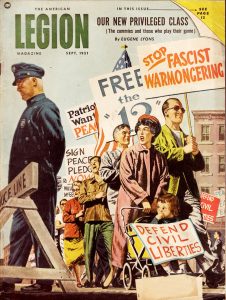
Categories of specialization can vary. The online textbook Understanding Media and Culture lists the following types of specialized magazines:
- Magazines based on hobbies, interests and groups
- Professional trade magazines (for people in jobs and industries)
- Scholarly magazines (such as academic research journals)
- Religious magazines (such as Christianity Today magazine)
- Political magazines
- Magazines focused on pulp and genre fiction
The presentation below gives examples of magazines and how they target specific, narrow audiences.
Study the presentation slides by using the forward button or clicking on sections of the control bar.
Specialized magazines help advertisers reach their target audiences more efficiently.
Here’s an example that may help you understand this concept. Let’s say I own a company that makes walking canes. I could pay $7 million to buy a 30-second Super Bowl ad, but I would be wasting most of that money reaching people who have no interest in walking canes.
However, I could purchase an ad in AARP The Magazine at a fraction of the cost of a Super Bowl ad, plus my AARP ad is more likely to reach my intended target audience, most of whom are 50 or older.
Here are three more simple examples of how specialized magazines can guarantee that advertisers will reach a targeted demographic.
- Teen fashion and beauty products in Seventeen magazine
- Trendy men’s clothing in GQ magazine
- Insurance (especially insurance plans to cover delivery drivers) in Pizza Today magazine
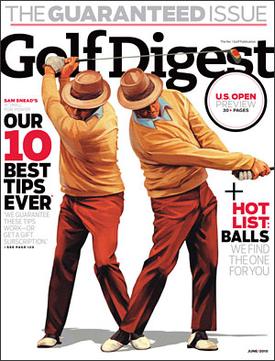 READER-FRIENDLY CONTENT
READER-FRIENDLY CONTENT
Magazines today can still include long feature stories in standard paragraphs, but you’ll also see quick-hitting content that makes it easier for readers to browse and find items of interest to them. Here are three quick-hitting strategies found in many magazines:
- Short profiles of celebrities, experts and other prominent people (often in a Q&A format)
- Stories and graphics formatted with lists, tips and maps
- Photojournalism and/or artistic photography
TODAY’S MAGAZINE LANDSCAPE
In 2022 the CEO of Condé Nast, which publishes Vogue, Wired, The New Yorker, and GQ, said Condé Nast is “no longer a magazine company.” He said that audiences for the company’s publications primarily come through websites and social media.
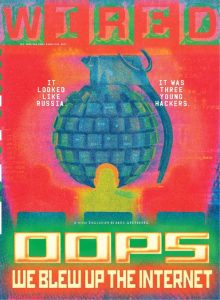 As an example, one of my favorite magazines is Wired. I still get printed copies of Wired magazine delivered to my mailbox. However, I subscribe to the Wired daily email newsletter and visit the magazine website regularly, so by the time I get a print issue, I’ve already read many of the articles.
As an example, one of my favorite magazines is Wired. I still get printed copies of Wired magazine delivered to my mailbox. However, I subscribe to the Wired daily email newsletter and visit the magazine website regularly, so by the time I get a print issue, I’ve already read many of the articles.
Not all the news about print magazines is bad, though. In 2024, Axios reported that print magazines were making a “surprise comeback as a marketing tool,” including a print relaunch of the fashion magazine Nylon. Today’s print magazines have even been called “a luxury good.”
Stephen Casimiro, founder of the outdoor magazine Adventure Journal, described the limitations of online-only publications. “The screen experience is so reductionist,” Casimiro said. “It just flattens the world, so that a Pulitzer Prize-winning story feels the same as spam. Some things deserve better.”
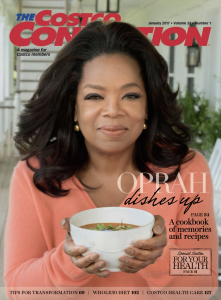 Another success story is Costco Connection, which has attracted interest from celebrities such as Oprah Winfrey, Jimmy Kimmel, Bruce Springsteen and Tom Hanks. It’s easy to see why companies that offer products through Costco might want to advertise in the magazine. A New York Times article said that Costco Connection readers “have an average household income of $179,000, and 92.6 percent of them own a home.”
Another success story is Costco Connection, which has attracted interest from celebrities such as Oprah Winfrey, Jimmy Kimmel, Bruce Springsteen and Tom Hanks. It’s easy to see why companies that offer products through Costco might want to advertise in the magazine. A New York Times article said that Costco Connection readers “have an average household income of $179,000, and 92.6 percent of them own a home.”
Magazine closures litter the landscape as well, though. In 2025, McClatchy Media Company announced that it would halt publication of four magazines – In Touch, Life and Style, Closer and First for Women.
Similar to discussions in previous chapters about books and newspapers, the concept of a magazine is evolving. When we hear the word magazine, we may envision a glossy cover of one of our favorite print publications. However, the 21st century has given us digital newsstands and online-only magazines.
As readers access more content on screens, we are left to ponder the blurry lines of distinctions among online newspapers, online magazines and online books.
TRUE or FALSE
The following questions highlight a few tidbits of information from the chapter. Use the forward button to advance through the questions.
MAGAZINE ANALYSIS
Purchase a specialized magazine that contains advertising, or visit a local library to find one.
Based on content in this chapter, you should select a U.S.-based magazine that falls under the general parameters of one the following:
- Magazines based on hobbies and interests
- Magazines that target specific demographics
- Lifestyle magazines
- Professional trade magazines (for people in jobs and industries)
Using a Q&A format, respond to the following prompts:
- What is the title of the magazine, and how often is it published? (Also, provide a web link if possible.)
- What is the cost of an annual subscription compared to the cost of a single issue?
- Describe the target demographic.
- In what ways do the advertisements reach out to the target demographic? (briefly discuss at least two examples)
- Are there examples of photojournalism or artistic photography in the magazine? (if so, provide details)
- What types of reader-friendly magazine devices are used, such as lists, tips, Q&A or standalone infographics that provide content in a manner other than long-form narrative paragraphs? (provide details)
- Are there any personality profiles about prominent figures related to the specialization? (if so, provide details)
- Do you think this publication is positioned well to survive more than a decade? (support your answer with specific details)
You are encouraged but not required to create presentation slides instead of relying on a static text document. For this assignment, it is fair use if your slides include a limited number of visuals (possibly screenshots) from your chosen magazine. You also have the option to include formatted data about your magazine.
MORE ABOUT MAGAZINES
If you are interested in learning more about magazines and the magazine industry, here are three related chapters from the online OER text Understanding Media and Culture:

